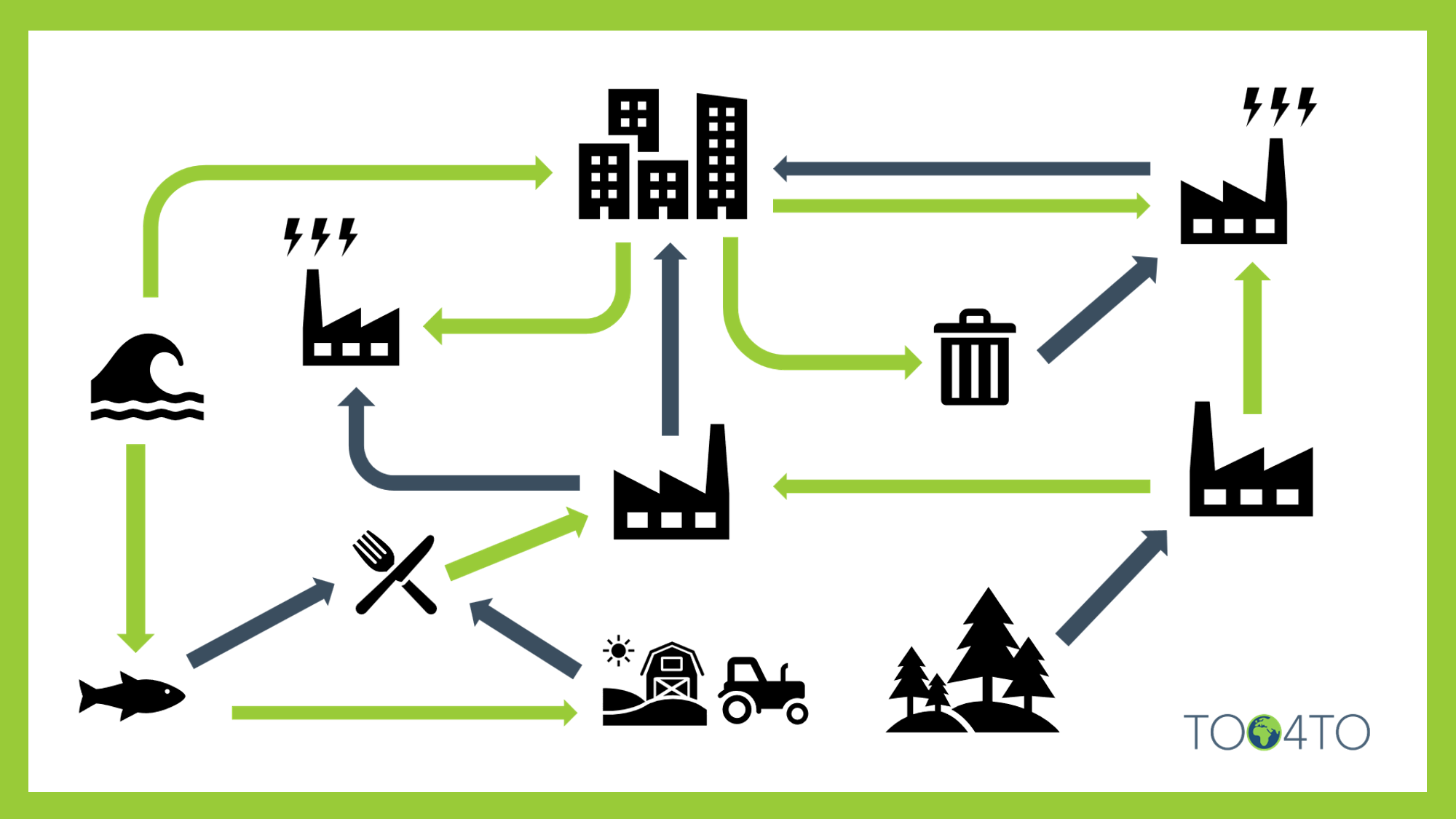Part 3: Thinking Exercises
Part 3: Thinking Exercises

This thinking exercise consists of 2 parts that can be done individually or in groups.
Before forming your opinion on these questions, please get yourself acquainted with the following learning resources:
- Part 3 presentation slides
- Case Kalundborg materials
- pages 13-14 and 21-25 from World Bank (2021) International Framework for Eco-Industrial Parks
- Think about what are the major advantages of traditional industrial parks (also known as industrial clusters), and then what are their disadvantages from the sustainability perspective. Why should businesses in an existing industrial park increase their efforts in seeking industrial symbiosis and turn into an eco-industrial park (EIP); what are the potential barriers to this transformation?
- To advance your understanding of EIPs and their potential benefits, brainstorm, individually or as a group, how could the following colocated industry actors take advantage of each other’s material exchange waste:
-
- Municipality: produces solid waste and wastewater/sludge
- Local forestry industry: produces wood chips as a by-product
- Restaurants: produce organic waste and waste vegetable oil as by-products
- Local biodiesel production plant: produces biofuels and glycerol
- Papermill: produces wastewater/sludge as a by-product
- Combined heat and power plant: produces electricity and heating, and steam as a by-product
- Agricultural sector: produces crops, grain and livestock
- Local food industry: produces food products and organic waste as a by-product
- Biogas plant: produces vehicle fuel and biofertilizers, and steam as a by-product
- Biogas distribution network: distributes vehicle fuel
- Wastewater treatment plant: produces biogas as a by-product
- Ethanol plant: produces ethanol and livestock feed
- Local lake: supply of freshwater
- Fish farm: produces fish, organic residue and sludge as by-products
Try to match the industry actors' inputs and outputs. You can also suggest new industry actors in the area that could bring about additional symbiosis to the site.
Last modified: wtorek, 25.07.2023, 12:17